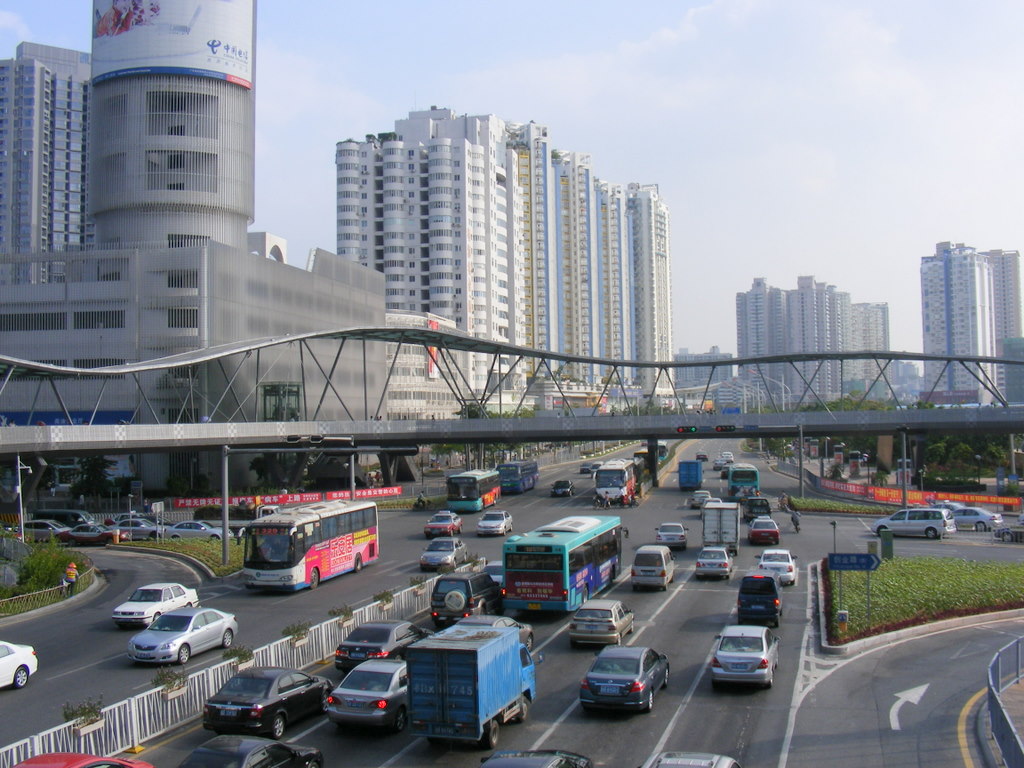BobBob
Senior Member
Isn't Bay/Front the busiest pedestrian intersection because of Union Station.
That would certainly be our analogue to Shibuya, in that there is a major subway and suburban rail station, with virtually all the destinations on the other side of the street, requiring massive waves of pedestrian crossings. In our case though, there is the option of "crossing" underground via PATH, dampening somewhat the hope of having a Shibuya-like spectacle in our town.





